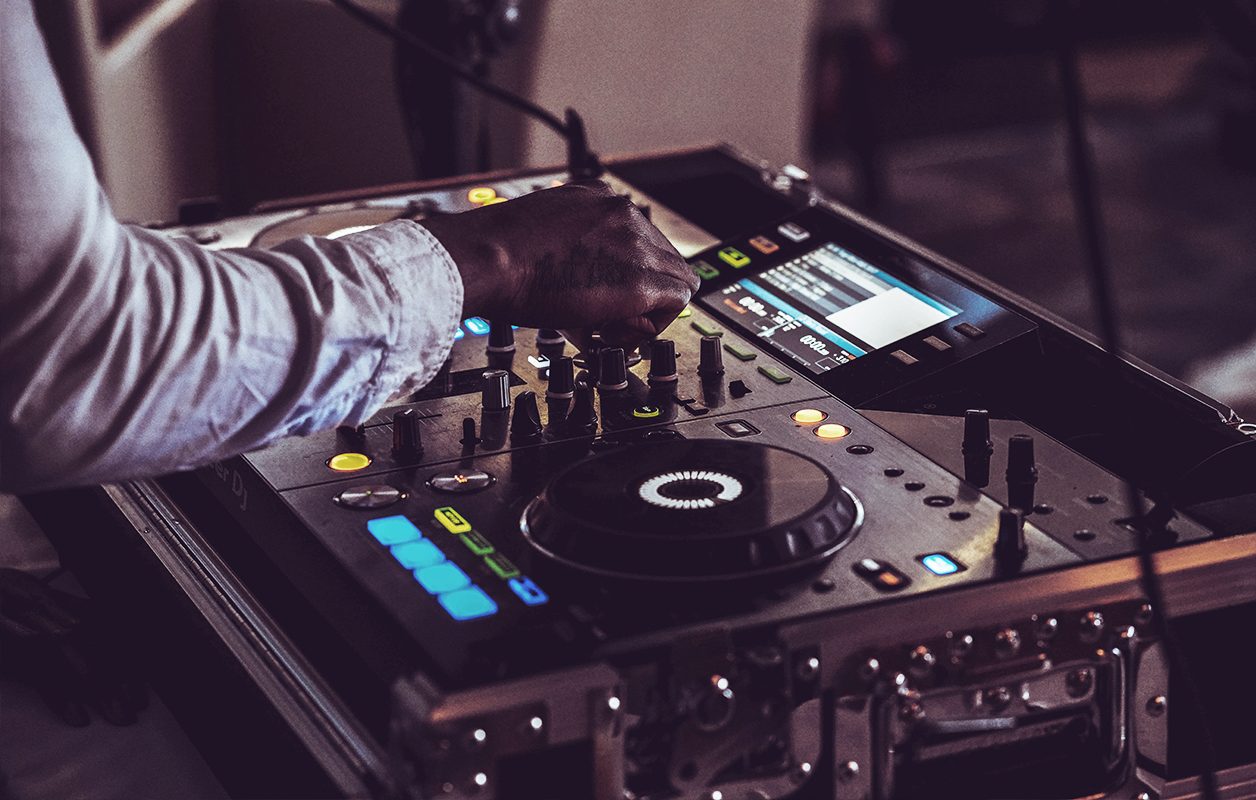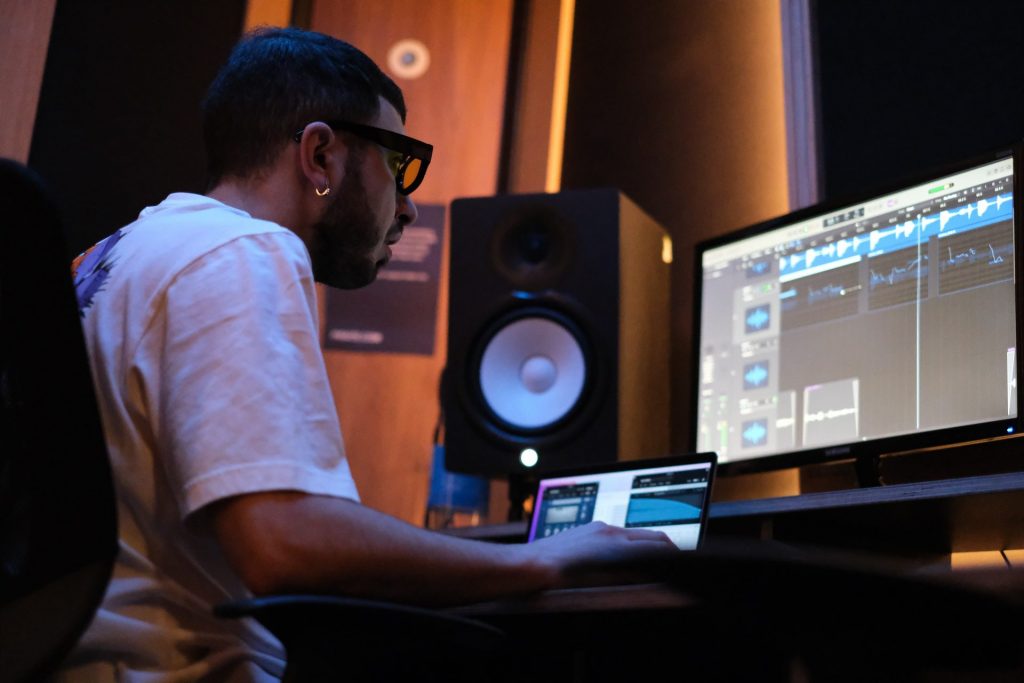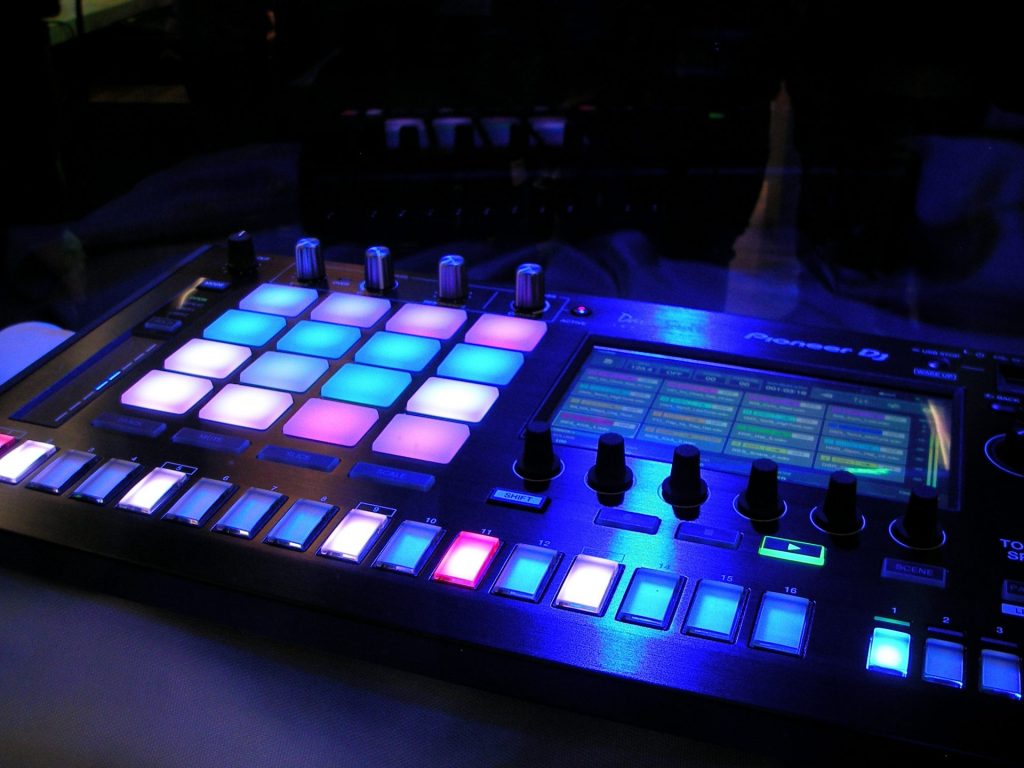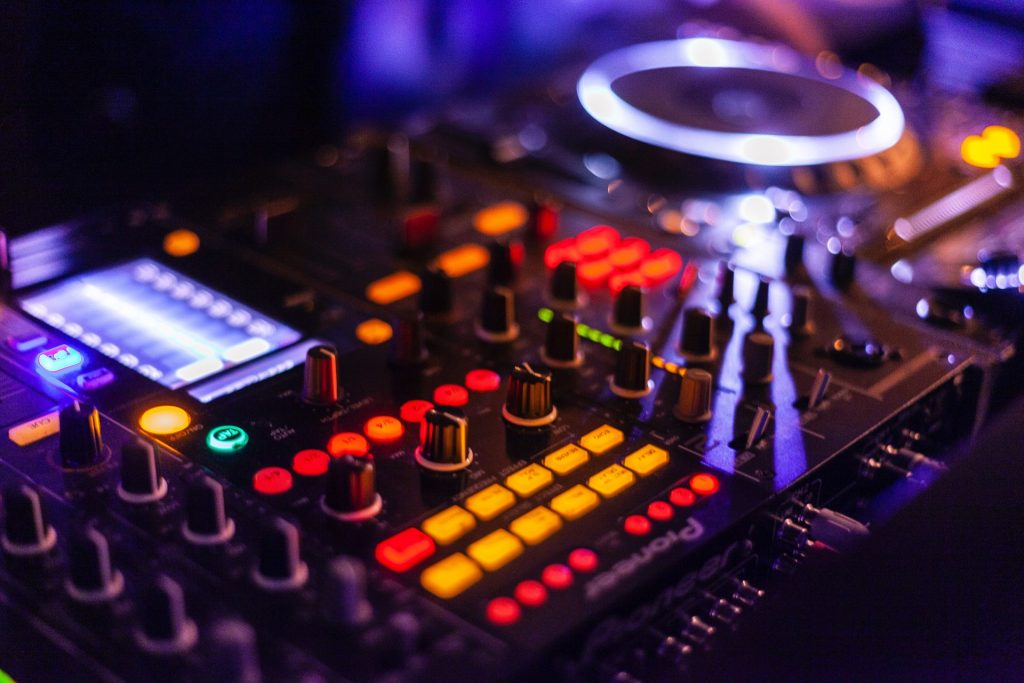
A loop is a segment of a song that you can keep repeating. Usually, loops are 4, 8, or 16 beats long, but they can be much longer or shorter. Multiples of 4 are great to use for looping because they reflect the natural rhythms of popular music.
Loops are a great tool to enhance your live mixes and add variety and energy to the songs you play. Most DJ consoles and software come with easy shortcuts for creating loops on the fly from songs in your library. You can also layer your songs or create remixes with pre-existing loops that you download from BPM Supreme’s DJ Tools and BPM Originals library. Plus, you can find even more variety of loops on the BPM Create online sample library.
You can also produce loops from scratch in your DAW. Samples such as kicks and snares can be found in the DAW’s sample library, from MIDI synths or from other sample libraries such as BPM Create. If you have a four-deck console, you can run your loop in the third deck and play the two main songs as usual.
To create a loop on the fly, hit the autoloop button on your DJ console while the song is playing. The console will begin the loop where you pressed the button and end it after the number of beats your console is set to. For example, if your console is set to 4 beats, you will loop 1 bar indefinitely until you hit the autoloop button again.
You can change the number of beats in the loop by hitting the 2x or 1/2x buttons on your console. Alternatively, you can manually set a loop using the in and out buttons in the loop section of your console. Additionally, you can create loops by tapping on the numbered (1, 2, 4, 8, etc.) buttons near your virtual decks in your DJ software.
You can also import loops as audio files in your DJ library, or as files you can trigger from your console’s sampler. Alternatively, you can create a full-length track by copying and pasting the loop in your DAW (such as Ableton or Logic) and then importing that into your DJ software.

How to Use Loops for DJing or Production
Smooth transitions between songs
If you want to blend from one song to the next, and the intro of the second song is very short, you can loop this intro and slowly raise the volume of the song. Once both songs are at full volume, you can release the loop and let the new song play out. Another technique is to loop the outro of the first song to give yourself more time to blend in the second song.
Beef up and add energy to your songs
If you really want to get people dancing to a song, consider adding an extra drum loop over a part with existing drums, instruments, or vocals. Loops from BPM Create’s sound library are great for this.
Create interesting mashups and compositions
There are many ways you can use loops to create mashups. If there is an interesting instrumental section in a song, you can loop and layer that over the other song to create a new blended backing track. You can also create interesting variations to tracks with instrumental or vocal loops you download from BPM Supreme’s DJ tools library.

Loops work great with acapellas as well. You can download acapellas for well-known songs from BPM Supreme, or create your own using Serato’s new stems feature. To create an acapella in Serato, download the latest version of Serato. Then, while the song is playing, click the microphone icon next to the virtual deck. You can also use Serato stems to remove the vocals from a song, and then loop that instrumental. Once you loop an instrumental on one deck, you can drop your acapella on the second deck, and then you have your mashup!
It’s important to keep in mind that when you are creating mashups and new productions, there may be a lot of overlapping frequencies. You might be doubling important parts of the song such as drums or bass. Using your EQ knobs and filters can help you balance frequencies so that your new mashup sounds as groovy as the original song.
Create builds before drops or hooks
One technique used in EDM and other genres is to continuously divide a loop in half before a drop. This builds tension and elevates energy so that when you finally do the drop, it’s even more powerful. An easy way of continuously halving your loop in real-time is to press the 1/2x button on your console.
Emphasize an important or interesting part of a song
Maybe there’s a hook that everyone loves so much that they want to hear it over and over. Maybe there’s an interesting line in a verse or a memorable phrase in a song that is worth hearing more than once. Maybe you want to extend the drop or breakdown so people dance for longer. Looping allows you to extend any moment for as long as you need to.
Provide room for a speech or voiceover
When you are DJing an event, you might need to make an announcement or have guests come up to speak. If you are creating a radio mix, you might need to introduce yourself, talk about upcoming artist releases and shows, or advertise products from your sponsors. Looping an instrumental part of a song behind a speech allows you to maintain good energy without playing distracting instrumental or singing parts.
Create full-length original songs and tracks
Many great tracks, especially in electronic music genres, are built around one or a few loop ideas. To add variation, producers add, change, or drop certain elements of a loop throughout the song. For example, one section may have a new hi-hat or an extra synth. You can create loop-based songs in most DAWs by copying and pasting parts of the arrangement. FL Studio Live Mode and Ableton’s Session View also have features which allow you to add and subtract parts of a loop while recording in real-time.

Looping can enhance your DJ technique in many ways, whether it’s smoothing transitions, adding energy to music, making space for speeches, or creating entirely new mashups and productions. Loops are easy to create, and best of all, you only have to make the loop once to be able to use it forever!

